Having a private boat dock is something every boater dreams of. It provides easy access to your boat whenever you need it, you don’t have to pay someone to use it, and it offers security. In addition to boating benefits, it’s also a good space for the family to hang out on a warm summer day swimming, fishing, and just lounging around.
The dock is a fun place to spend time during the warmer months, but what happens when temperatures drop? If you live in an area with harsh winters, keeping up with a dock can be a chore. If you don’t act now, you’ll have major issues to deal with down the road. In this article, we’ll go over everything you need to know about keeping your dock safe in the winter with dock de-icers.
Beware of Ice
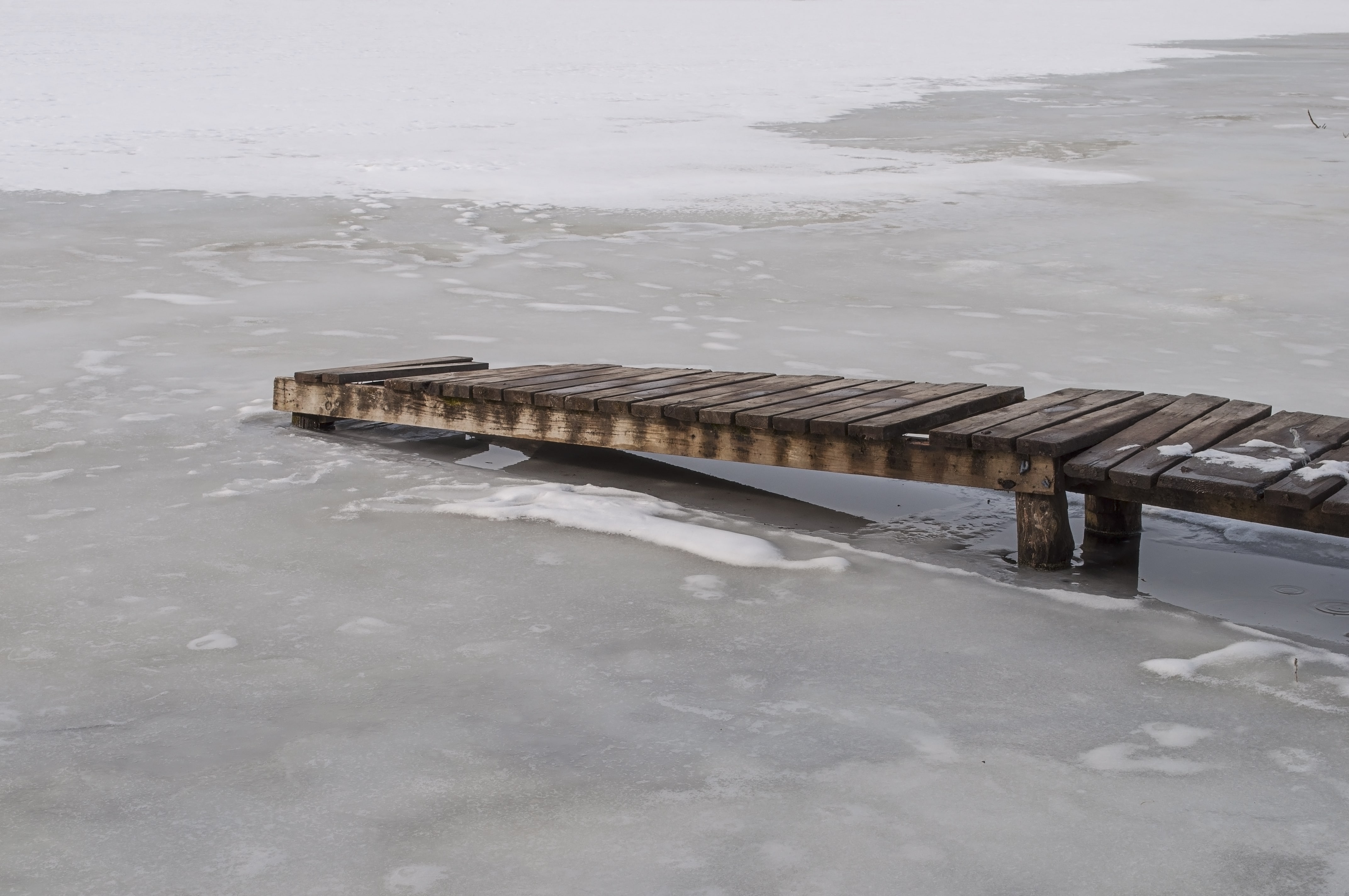
We all know the dangers ice can cause on the road, but what about ice around your dock? Winter is a part of life for most, and some winters are worse than others. Preparing your dock for winter is important so you aren’t left with costly repairs come springtime. Before we jump into solutions, we need to explain the issues ice can cause.
Ice Jacking
The biggest issue docks face with ice buildup is known as “jacking.” Jacking occurs when water freezes and creates a layer of ice around the piling. If the water level drops, another layer of ice forms. If the water then rises back to the original layer of ice on the piling, the second layer creates upward pressure. That upward pressure can lift the piling from the foundation.
Ice Expansion
As water freezes, it expands. The expansion of water inside your pilings can cause cracks which over time, lead to breaks. This is not only an issue for your pilings, but also for any other areas of your dock where water gets inside. Unlike jacking, water level changes don’t affect expansion, so even if you don’t have a dock in an area with changing water levels, you are still at risk.
Boat Damage
If you leave your boat in the water at the dock year-round, you need to stop ice from forming around the boat. When the water around your boat freezes, the water underneath is still running. The running water creates movement which causes the ice to rub against the hull. Hull damage usually starts as superficial scratches, but these scratches can develop into gouges and leaks if not cared for properly.
Winter Kill
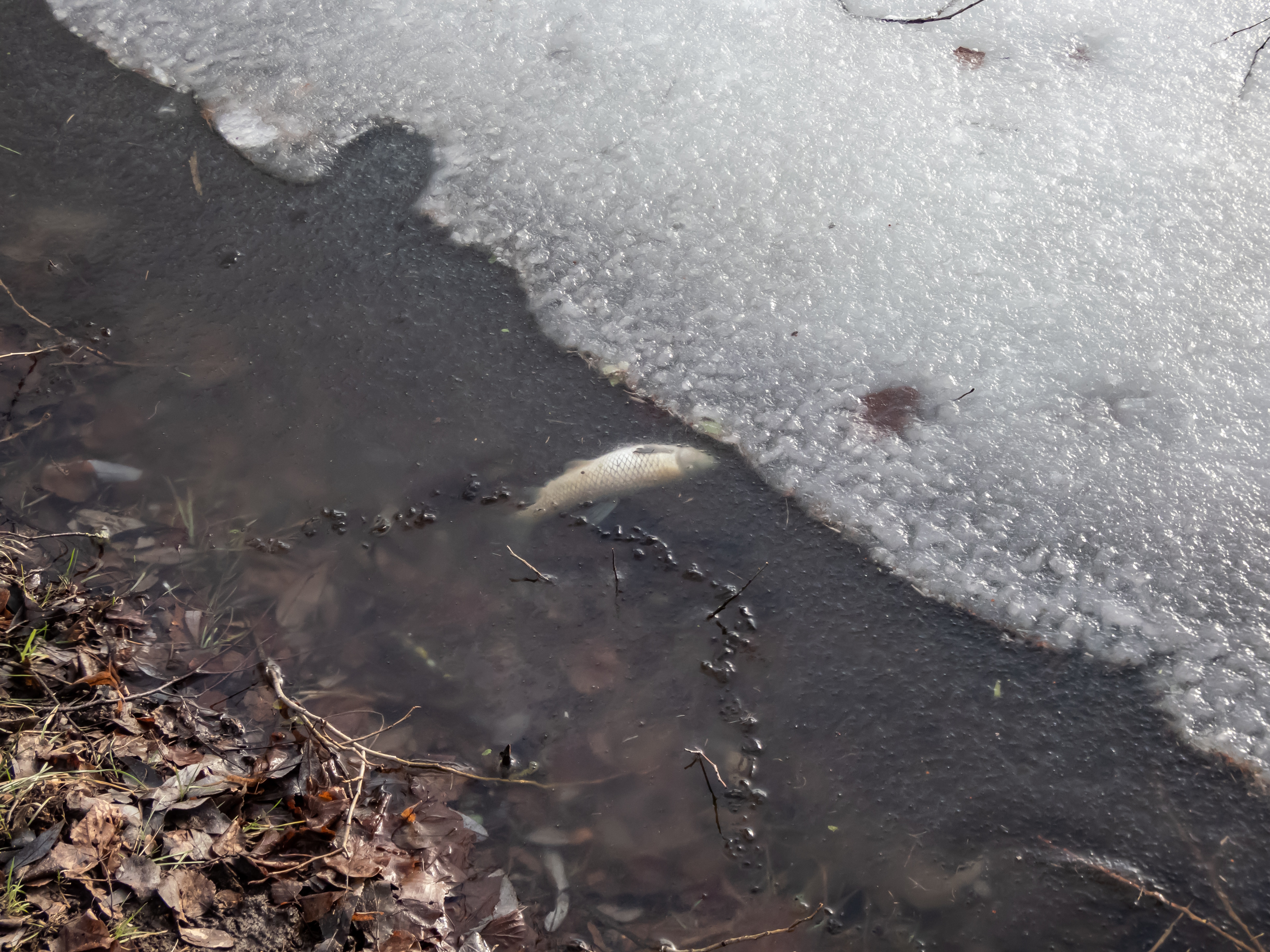
The winter months are equally hard for wildlife. As ice forms and snow falls on the surface of the water, a barrier is created that reduces the amount of sunlight let through. This reduces underwater plants’ oxygen production which marine life thrives on. If enough sunlight does not pass through the ice and snow, plants can die which then contributes to other marine deaths known as “winter kill.”
Types of Dock De-Icers
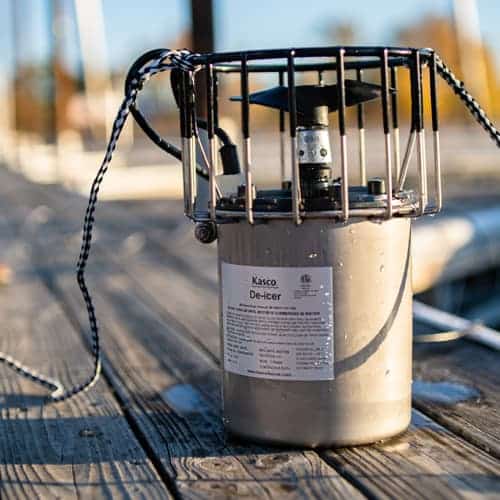
Ice jacking, ice expansion, boat damage, and winter kill are all issues that can be avoided. The best solution is a dock de-icer. A dock de-icer circulates water beneath and around your dock to prevent ice build-up, keeping your dock, boat, and marine life safe. There are two main types of de-icers, agitators and bubblers. We’ll go over each of these below.
Agitators
An agitator is like an underwater fan. It uses a motor and propeller to pull warm water from the bottom and push it up to the surface which then in turn mitigates the formation of ice build-up.
Agitators are mounted using mooring ropes, fixed dock mounts, or floating mounts. They each have their uses which vary by dock type, water conditions, and preference. They can be mounted vertically to form a circular opening or at an angle to form an oblong opening.
When choosing an agitator-style de-icer, you’ll need to select a rope length, motor size, and cord length. There isn’t one that is best for everyone; you’ll need to make these selections based on your specific needs.
Bubblers
A bubbler also disrupts surface water around the dock to prevent ice buildup. Bubbler systems consist of an air compressor and several feet of perforated line.
The lines are secured underwater around the dock. They are usually constructed of PVC and are weighted to prevent floating to the surface. The compressor is secured out of the water, on top of the dock. The compressor must be covered and protected from the elements to ensure longevity.
The air compressor pumps air into the lines to release a slow and steady supply of bubbles that float to the surface. The constant agitation of water at the surface stops ice from forming.
Bubblers vs. Agitators
Agitators and bubblers both do a great job of stopping ice buildup around your dock. If you aren’t sure which to choose, consider the following.
Agitators work best in deeper water whereas bubblers work best in shallow water. Agitators rely on warm water at the bottom to stop ice from forming at the top. Therefore, if you don’t have at least 3-4 feet of water at your dock, which is the minimum depth for most agitators, you should consider getting a bubbler.
If you do meet the minimum depth requirement of an agitator, you’ll find the simple installation and large opening they produce to be more attractive.
Choosing a Dock De-Icer
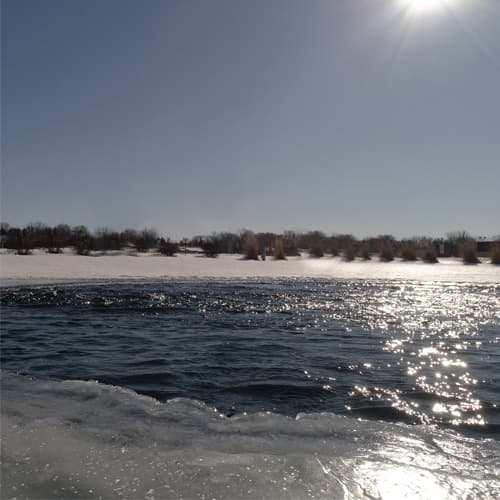
For an agitator-style de-icer, the first choice you must make is the size of the motor, in terms of horsepower. Most commonly, you’ll see options for ¼ HP, ½ HP, ¾ HP, and 1 HP. The correct size for you will be determined by the size of the area you need to cover. The larger the motor you choose, the more area the de-icer can cover.
The next choice you’ll have is the length of the power cord. Be sure to choose a length that allows you to mount the de-icer where you need to and still reach an outlet. You may also have the choice of 120 VAC or 240 VAC power. Be sure to choose the one that suits your dock. If you have a boat lift, you may already have access to 240 VAC, but if not, you’d likely just go with the standard 120 VAC.
In addition to specifications, you may also have other choices to consider such as how you wish to control it. For example, you can choose for the de-icer to come on manually or at a certain time/temperature using a control box.
For a bubbler-style de-icer, the main thing that must be considered is the length of the dock. The kits are then put together accordingly with the correct compressor size, tubing length, and number of diffusers. You’ll also want to pay attention to the water depth as some kits are designed for deep water and others are designed for shallow water.
Dock De-Icer Selection
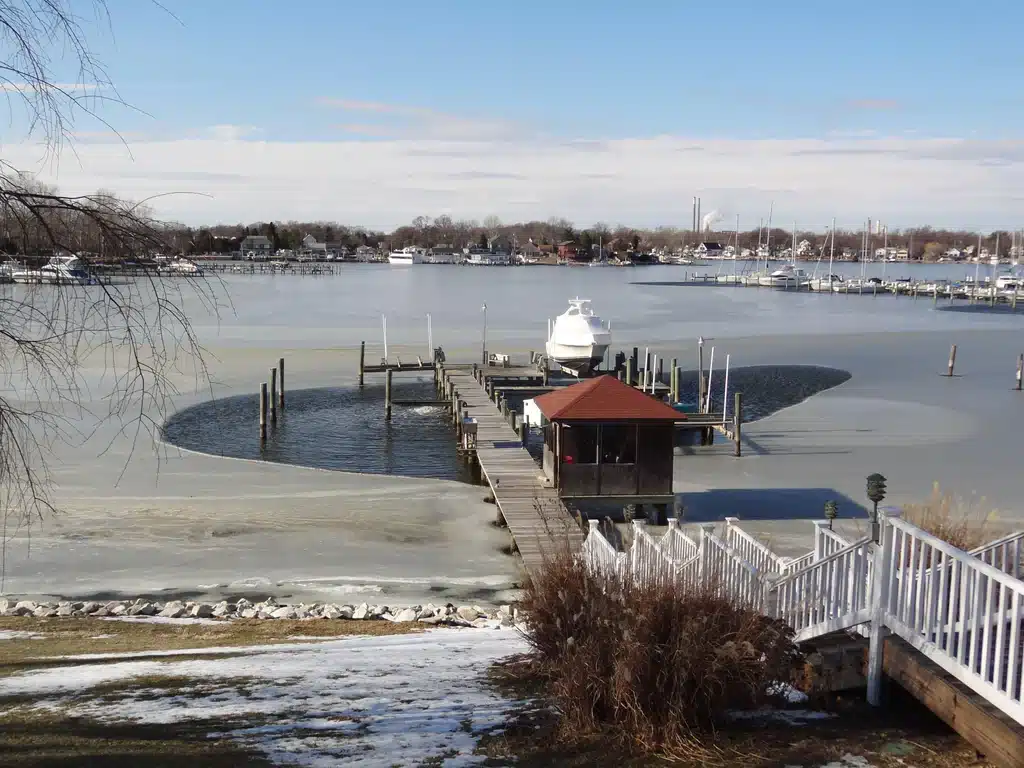
The two most popular agitator-style de-icer manufacturers are Kasco and Bearon Aquatics, formerly known as Power House. These are both great, long-lasting options. Bearon Aquatics de-icers work in very shallow water, have different icing patterns, and are made of lightweight materials. Kasco de-icers have industry-leading power and feature durable stainless steel construction. Below is a comparison chart of their respective models.
Kasco:

Bearon Aquatics:
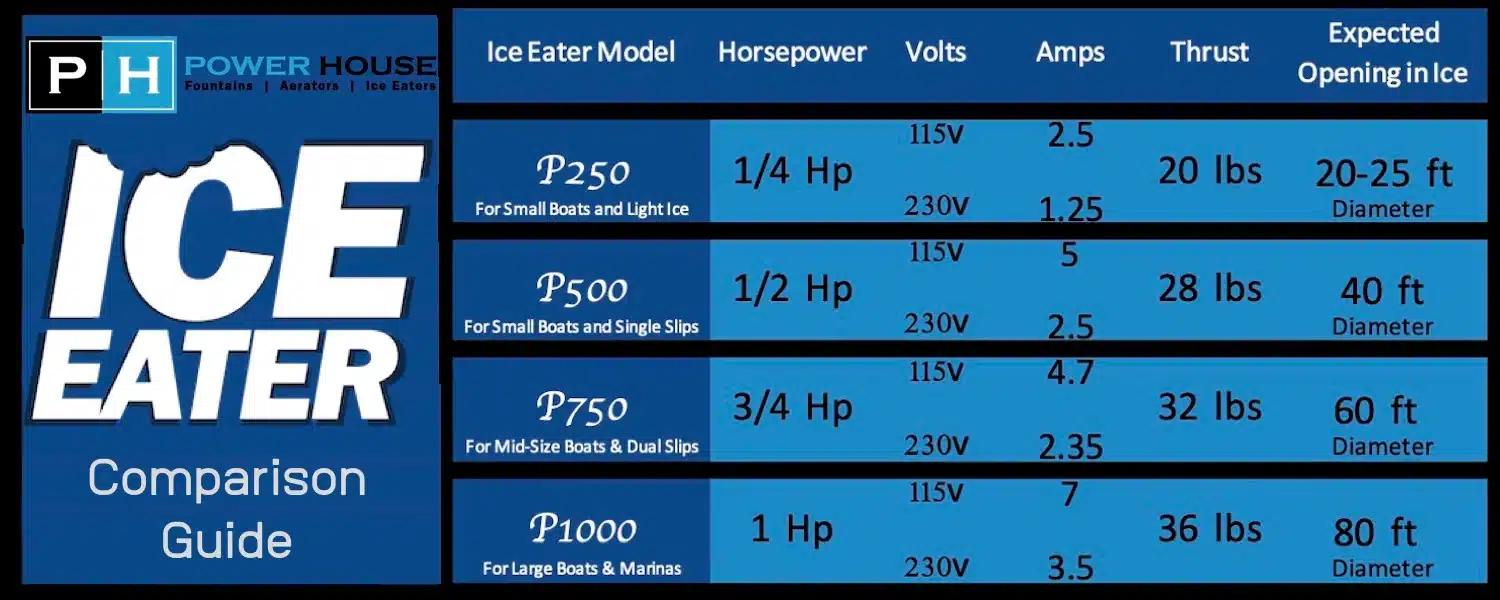
If you’re interested in a bubbler-style de-icer, check out EasyPro. They have options for docks from 30’-45’ long with varying depths. The compressor comes with its own housing, so you don’t have to worry about protection from the elements. Check out the model chart below for more information.
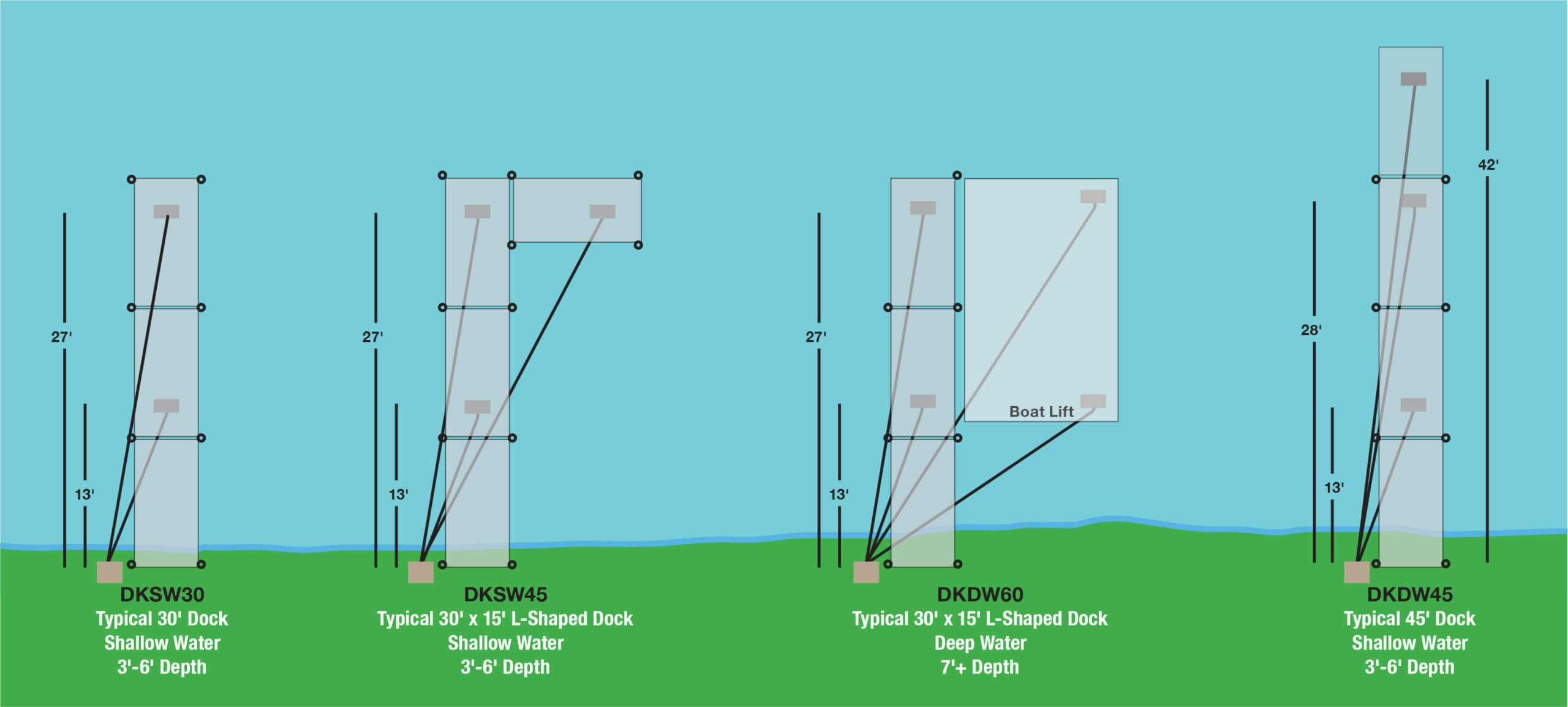
How to Setup your De-Icer
Once you have chosen a de-icer, you’ll need to get it setup and installed right away before temperatures drop. It’s recommended that you install the de-icer in late fall. It’s much harder to set up and install a de-icer if the water is already frozen so you need to act soon before the first freeze. You have three options for installing an agitator style de-icer, mooring ropes, dock mounts, or float mounts.
Mooring Ropes
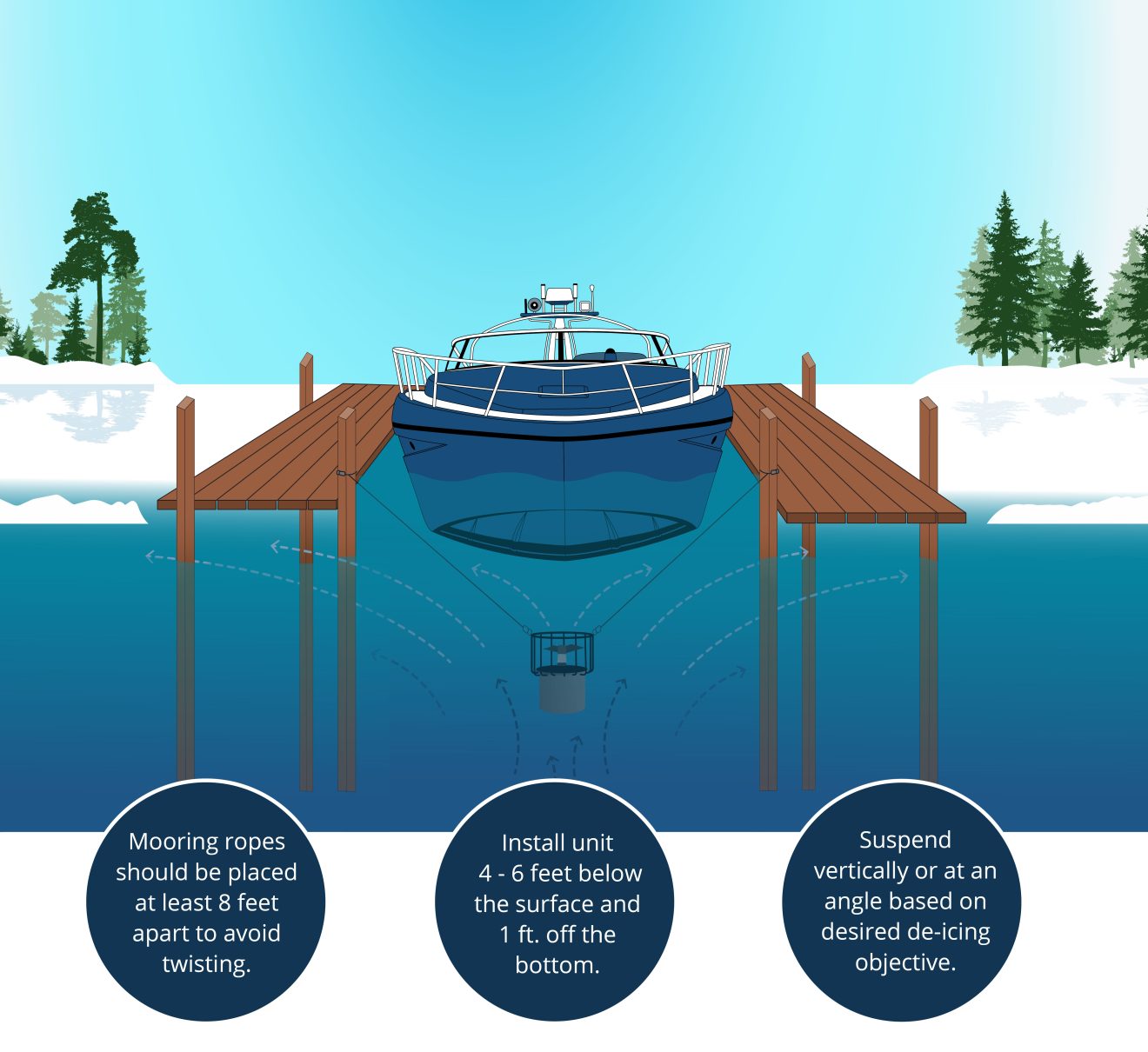
Mooring ropes are great for most applications. You can use these to position the de-icer vertically or at an angle. If vertical, the opening will be circular, and if angled, the opening will be oblong. You’ll need to pay special attention to the instructions regarding the length of the rope and the distance from the bottom.
Fixed Dock Mount

If your dock is in an area with frequent water level changes, consider going with a dock mount as the de-icer will be more stable. The dock mount uses corrosion-resistant poles and brackets to attach directly to the dock. This makes the unit much more stable than when used with mooring ropes. This mount allows you to adjust both depth and angle due to the built-in swivel brackets.
Floats
The least common type of mount for a de-icer is a horizontal float. This is only recommended when there are no structures to attach a line or pole to. The water must be calm to use this type of mount due to it being close to the surface. Horizontal floats do still allow for angle adjustments.
Depth
One crucial aspect of not only picking out a de-icer but also setting one up is depth. The minimum depth required for your de-icer will be called out in the manual; most are around 2′-4’. You should never place a de-icer directly on the bottom. There must be space between the unit and bottom to allow for proper flow to the top, usually at least 1’. Make sure to reference your unit’s installation instructions for exact depth requirements.
Learn about other off-season boating tips.
Keeping Your Boat Protected During the Off-Season
The Complete Maintenance Guide for Your Boat Trailer
If you have any de-icing tips or suggestions, let us know in the comments below!

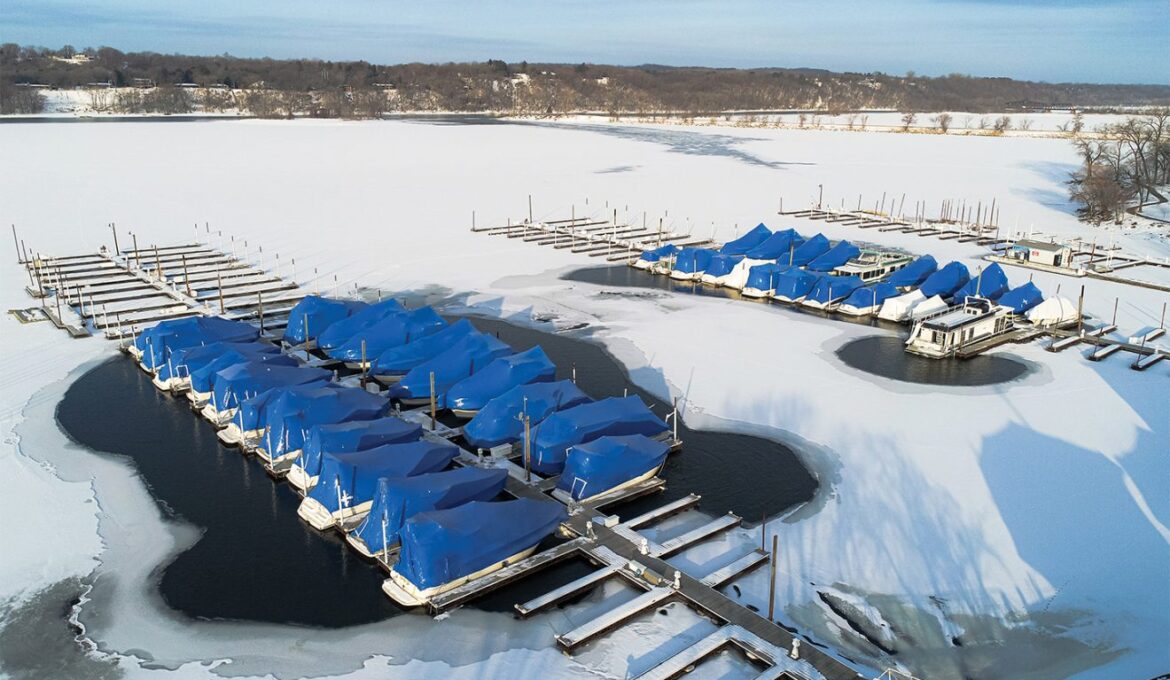
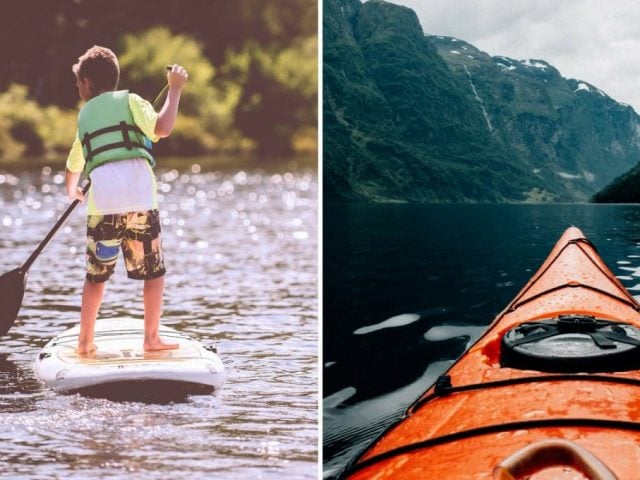
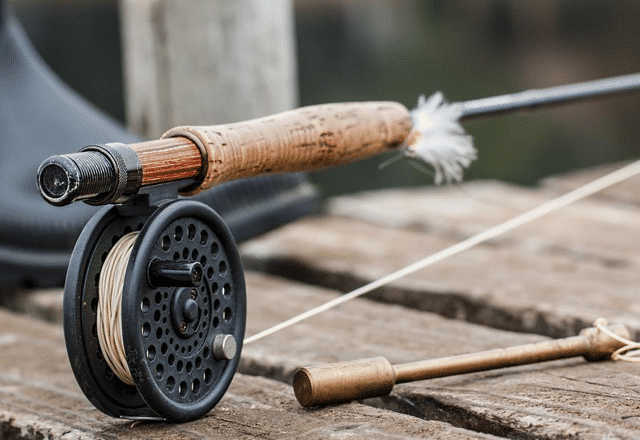
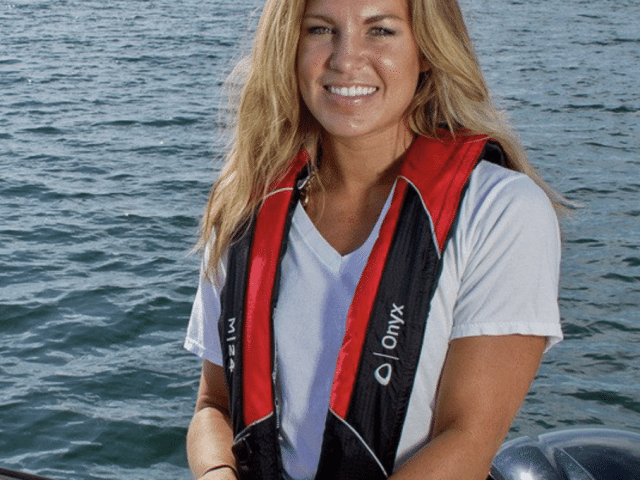
[…] your dock, your needs, and your climate. For example, if you live on a lake or body of water that ices over, you’ll want to avoid a stationary/fixed dock ladder so it does not get damaged during the […]